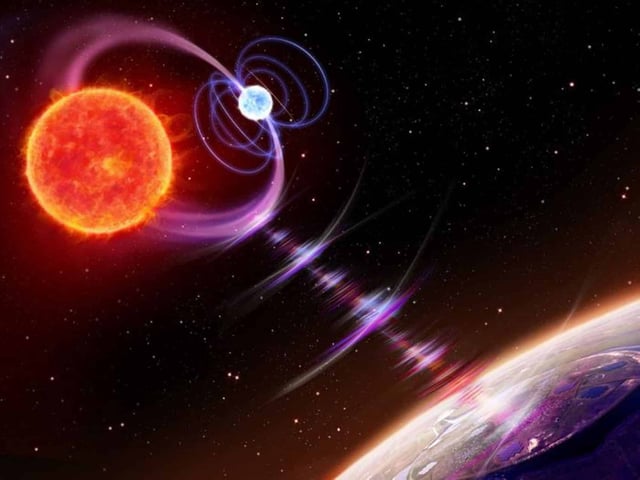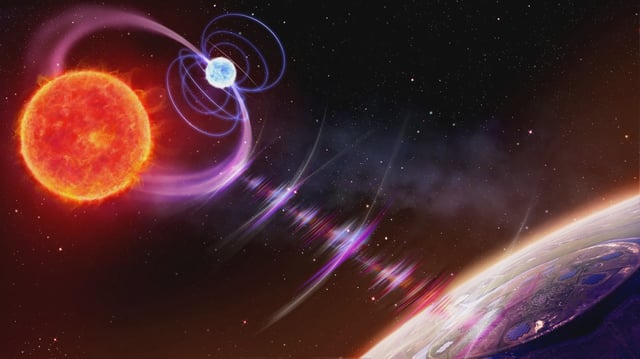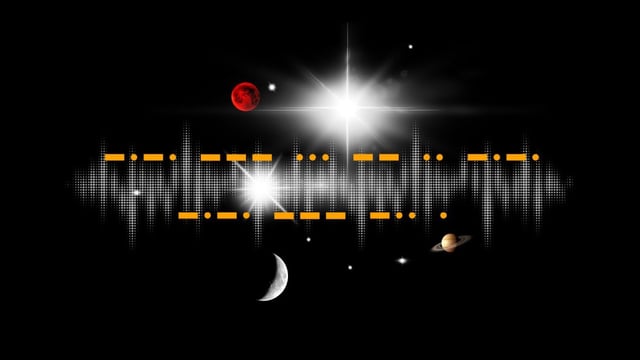Overview
- The radio pulses, known as long-period transients (LPTs), occur every 125.5 minutes and last seconds to minutes, differing from fast radio bursts.
- The binary system, located 1,600 light-years away, consists of a red dwarf and a white dwarf orbiting tightly around a common center of gravity.
- Astronomers believe the radio emissions result from the interaction of the two stars' magnetic fields or the white dwarf's magnetic field alone.
- This is the first time such pulses have been definitively traced to a white dwarf binary system, expanding understanding of radio signal sources beyond neutron stars.
- Researchers plan further observations to study ultraviolet emissions and explore the stars' history, while searching for more LPTs in archival data.


